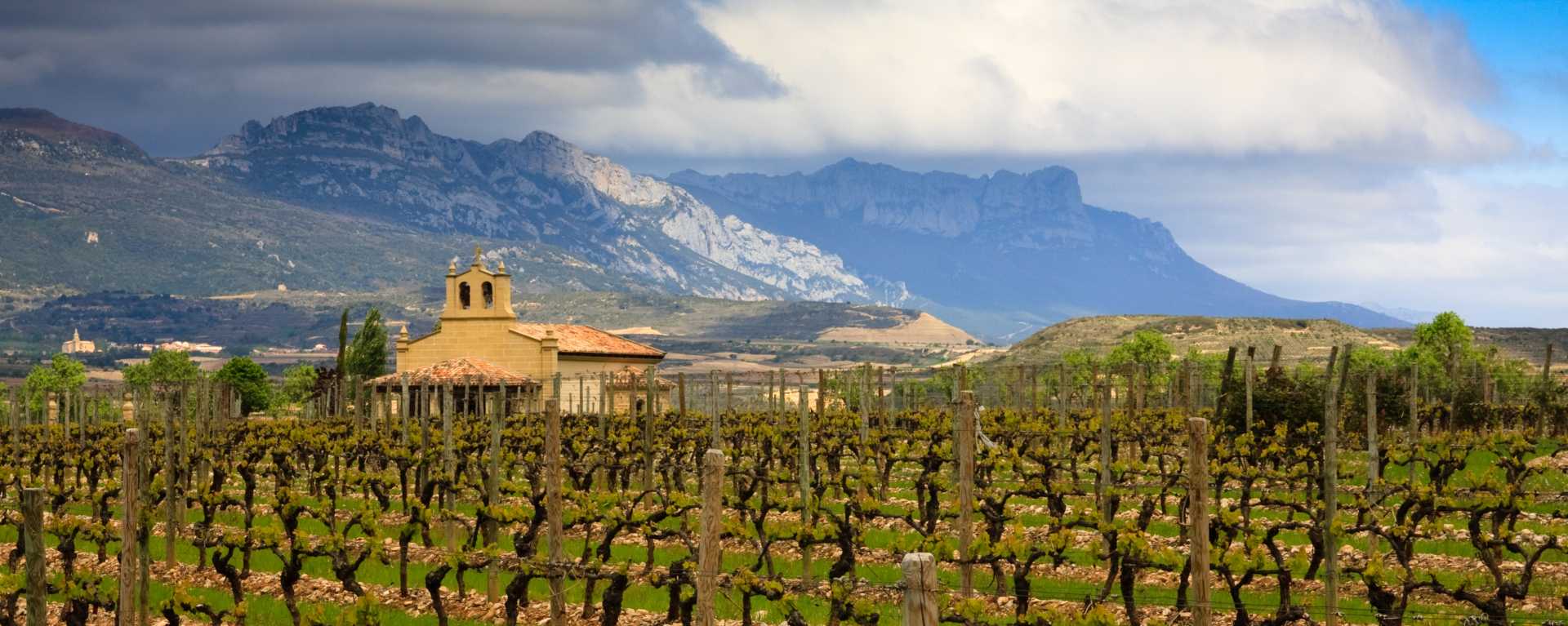Toro Albala Don PX Reserva Especial 1965
-
Robert
Parker




Product Details
Your Rating
Somm Note
Winemaker Notes
Served cold in liqueur glass. No time limit for wine storage and it improves with age even in opened bottle. Store in a cool, dry place away from light and direct heat. It can be sipped as a dessert itself, and it is the perfect match for mocha cakes, tiramisu, vanilla ice-cream or nougat candy. You can't go wrong with blue cheese or foie either!
Professional Ratings
-
Robert Parker's Wine Advocate
Small lots of old vintages are released following no apparent logic, like this 1965 Don PX Selección, which is produced with white Pedro Ximénez grapes but it's black rather than white, bottled in June 2014 with 290 grams of residual sugar. It has a nose of pure curry, aromas of an Indian restaurant, very balanced, not as sweet as others, in fact it's more bittersweet than sweet, combining the spices with bitter chocolate and with very good acidity that makes it relatively easy to drink.





Fortunately, a few enlightened estates in Montilla-Moriles have played to these strengths, and are concentrating on producing exciting, unfortified wines of great richness and complexity, usually from the hedonistic Pedro Ximinez grape, confident that fine wine connoisseurs will discover them sooner or later. One of the most remarkable of these is Bodegas Toro Albala.
The estate had a rather sedate beginning, back in 1844, on the slopes of Aguilar Castle. But in 1992 José Maria Toro Albala arrived, and the fun began. One of the wine world's less conventional characters, he immediately made his mark by moving the whole bodega into a disused electrical plant. Other developments include wooden labels and his own patented invention "Trapped Air" - a novel approach to the problem of conserving wine in perfect condition.
Above all, Senor Toro Albala is a fanatic about wine in general, and top-quality sweet wine in particular. He says "Wine is as old as the bible, and is best savoured knowing it's culture", and visitors have a chance to tour his museum of vineyard tools, machinery, reference material and objects from history. Some of his wines merit a place in the museum, including the Gran Reserva which has aged 25 years in barrel, and the occassional release of outstanding pre-war vintages.
Despite all this history, the bodega has invested considerably in all the latest technology equipment, thus ensuring maximum control at every stage of the winemaking and ageing process. Here is a unique combination of excellent raw materials, modern technology, and respect for the traditional Montilla methods and styles, and above all a serious commitment to making the best dessert wine possible.

Apart from the classics, we find many regional gems of different styles.
Late harvest wines are probably the easiest to understand. Grapes are picked so late that the sugars build up and residual sugar remains after the fermentation process. Ice wine, a style founded in Germany and there referred to as eiswein, is an extreme late harvest wine, produced from grapes frozen on the vine, and pressed while still frozen, resulting in a higher concentration of sugar. It is becoming a specialty of Canada as well, where it takes on the English name of ice wine.
Vin Santo, literally “holy wine,” is a Tuscan sweet wine made from drying the local white grapes Trebbiano Toscano and Malvasia in the winery and not pressing until somewhere between November and March.
Rutherglen is an historic wine region in northeast Victoria, Australia, famous for its fortified Topaque and Muscat with complex tawny characteristics.

Known for bold reds, crisp whites, easy-drinking rosés, distinctive sparkling, and fortified wines, Spain has embraced international varieties and wine styles while continuing to place primary emphasis on its own native grapes. Though the country’s climate is diverse, it is generally hot and dry. In the center of the country lies a vast, arid plateau known as the Meseta Central, characterized by extremely hot summers and frequent drought.
Rioja is Spain’s best-known region, where earthy, age-worthy Spanish reds are made from Tempranillo and Garnacha (Grenache). Rioja also produces rich, nutty whites from the local Viura grape.
Ribera del Duero is gaining ground for Spanish wines with its single varietal Tempranillo wines, recognized for their concentration of fruit and opulence. Priorat, a sub-region of Catalonia, specializes in bold, full-bodied Spanish red wine blends of Garnacha (Grenache), Cariñena (Carignan), and often Syrah and Cabernet Sauvignon. Catalonia is also home to Cava, a Spanish sparkling wine made in the traditional method but from indigenous varieties. In the cool, damp northwest Spanish wine region of Galicia, refreshing Spanish white Albariño and Verdejo dominate.
Sherry, Spain’s famous fortified wine, is produced in a wide range of styles from dry to lusciously sweet at the country’s southern tip in Jerez.
